🎮 city::ephemera
2022年 12月 14日
When you first see the photography of Hiroshi Sugimoto, it’s easy to get lost in the sharp contrasts of shadow and light, and to allow your eyes to unfocus and just soak in the atmosphere. But then you do a double-take and notice the illusions within. What looks like the sharp, crisp lines of architecture against open sky are actually blurred, the harsh edges of the buildings melted away. His nature photo of a polar bear standing over dead penguins is, upon closer inspection, stuffed animals posing in a museum display. What at first look like typical seascape photos are taken from an unnatural vantage point, suspended uncertainly in the sky as it looks out over a sea with no clear horizon. Sugimoto’s photos play with these elements of reality and unreality to create evocative pieces that act almost like optical illusions, asking the viewer if the truth they believe to see might actually be a carefully tuned construction; and if it is indeed construction, what it means that they provoke such real emotional responses in us.
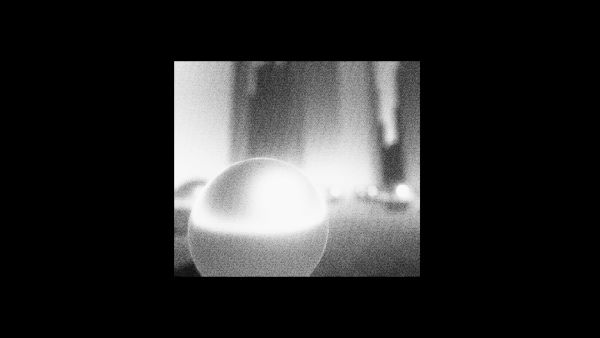
You can see Sugimoto’s influence writ large in city::ephemera, an alt game made by Farfama of the INFINITE TEARS collective, with music by Blear Moon. It is evident not only in its grainy black-and-white visuals, but in the way it provokes an authentic emotional reaction to the abstraction.
The game opens with a small square view of orbs on the ground, surrounded by towering skyscrapers in the background. It is at once completely alien yet utterly mundane; my mind immediately flickered to wandering Tokyo in the summer, living in a perpetual bubble of separation from myself and the crowds. Much like Sugimoto’s works, the images in city::ephemera appear crisp and blurry at the same time, a strange blend that makes my eyes swim and tricks my brain into accepting this dreamy unreality as just another day in one of the busiest cities on Earth.
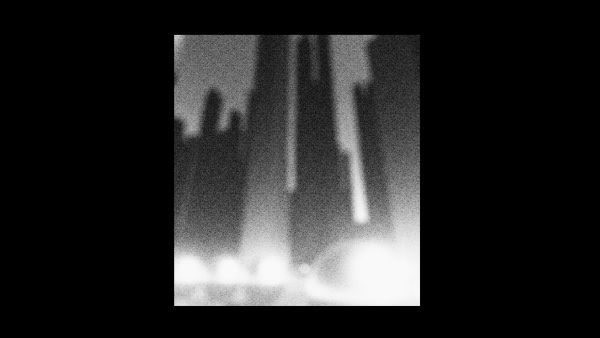
As you walk deeper into the city, the buildings and fade and shift, the people vanish as you approach. All of this is artifice, and the illusion becomes obvious the more you look around. These are not people, but orbs; these are not buildings, but grainy shapes. None of that makes it feel like any less of a lived-in space.
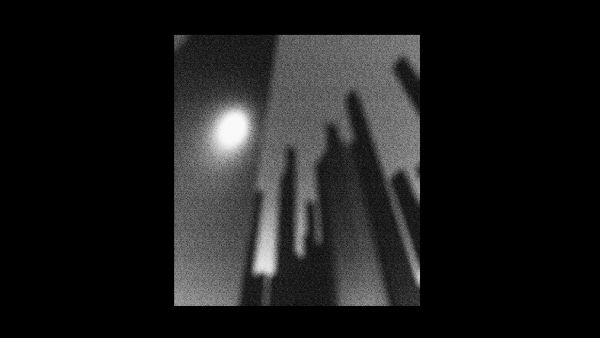
After a while, the camera view subtly widens. I think of hot days in Tokyo when the heat from the sidewalk boils up and I need to duck under an awning to get my bearings. People stream past, and they must obviously have unique faces, but in my memories they are always blank and uniform. I think of the disorienting way the skyscrapers seem to grow and shrink as the setting sun changes its angle behind them.
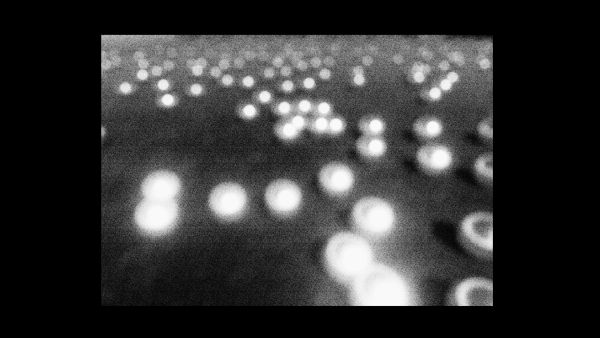
Finally, as you near the end of the game, your view opens as wide as it goes. You lift off from the ground, the orbs falling away until all you see are the “buildings,” which you can now see were mere columns. These, too, stretch and shrink, as the day grows later and the shadows grow longer. Soon you are flying through this city, and if you look down, you get a bird’s eye view of its inhabitants scattered like constellations of streetlights below you.
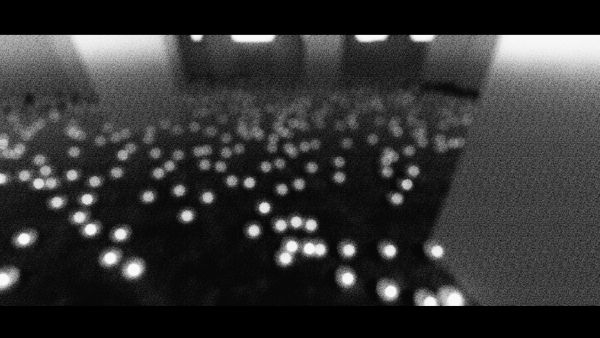
It is in this dizzying last act that I feel the most connected with this unreal city, able to see it not as the individual orbs and blocks that fill it but as the living, cohesive whole that it is. And seven minutes and twenty seconds into the game, city::ephemera sends you crashing back into the earth and abruptly ends. This might sound cliché, but closing the application felt a bit like waking up from a dream. I wanted to go “back” there, to a place that doesn’t and never did exist. It made me want to pick up my coat and camera and get lost in my own city.
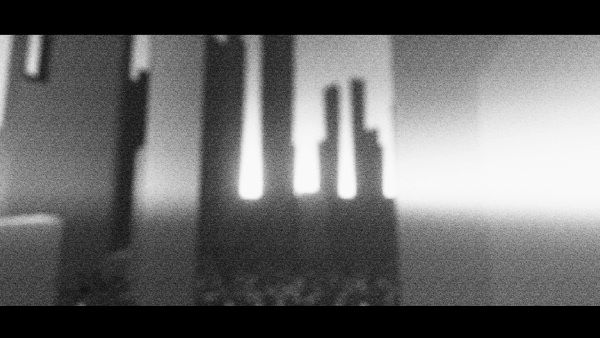
city::ephemera is an amazing example of the kinds of stories that can be told through interactive media. It captures that sense of “walking” through photographs, of existing in a space with other living creatures, of picking at the border between real and unreal. It is hard not to play this without inserting your own story of a time when you too wandered, dreamlike, through faceless crowds. I cannot recommend this game enough. I am very excited to see what else Farfama and INFINITE TEARS come out with next.
